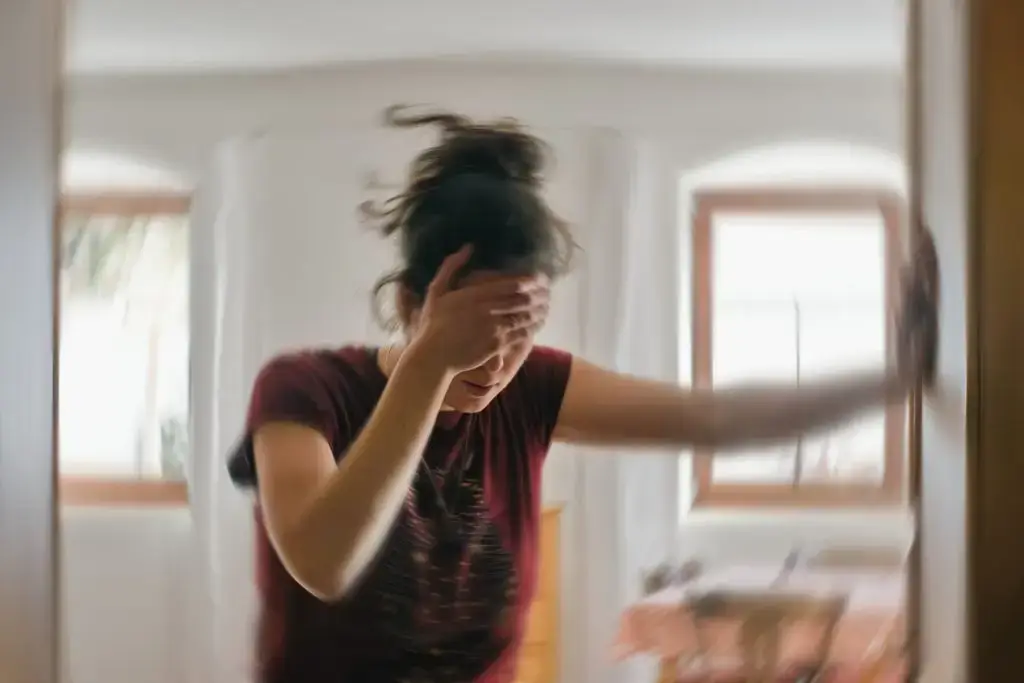Disorders of balance, motion perception, and visual acuity can have a cascading effect on the quality of life for the people who suffer from them. Feeling dizzy all the time or in unpredictable moments can limit the activities you’re able to do, work you can perform, and generally, the life you can lead.
If one of these conditions is stopping you from enjoying or fully participating in your life, the answers and treatment that vestibular rehabilitation provides can be life-changing.
Types of vestibular dysfunction
The vestibular system is a complex and sensitive set of organs and nerve processing centers in the inner ear and throughout the brain. Your vestibular system is responsible for your sense of balance, location in space, movement of body parts, and stable perception of the world around you.
Because of the many responsibilities the vestibular system has, different parts can malfunction, leading to different symptoms that require different interventions to treat. It’s important to seek medical care that evaluates your whole medical profile and history before advocating a specific plan of treatment. Not every vestibular therapy technique will be effective for your specific symptoms, and some motions might even make the condition worse.
Vertigo (BPPV)
Vertigo, or more specifically, benign paroxysmal positional vertigo (BPPV), is a false sense of movement that most people describe as a spinning sensation. This can lead to a loss of balance, nausea, disorientation, and other symptoms that arise quickly and unpredictably.
BPPV is caused by tiny calcium carbonate crystals within the inner ear that become dislodged and move into the fluid-filled semi-circular canals that are responsible for your sense of balance and movement.
As one of the most common vestibular disorders we treat, BPPV responds well to physical therapy exercises and body maneuvers aimed at relieving the worst symptoms.
Dizziness
Dizziness can be caused by a number of factors, including vestibular system dysfunction. If you’re suffering from debilitating or recurrent bouts of dizziness that haven’t gotten better over time, we might be able to help you pinpoint a cause and provide exercises and recommendations for how to treat your dizziness.
Certain medications, lifestyle factors, or underlying conditions can lead to dizziness that doesn’t go away, and we can work with primary care providers to establish a sustainable treatment plan for your specific needs and experience.
Imbalance/falling
Especially as you age, the risk of injury from imbalance or falls is a serious threat to your health. If you’ve noticed a sudden change in your ability to balance without any physical symptoms like muscle cramps or weakness, it could be a vestibular disorder that may benefit from physical therapy.
Through neuromuscular training, assistive devices, biofeedback therapy, and good old strength training, we can help you regain balance and enjoy the lifestyle you’re used to.
Gaze instability
Most people take for granted that their eyes and head movements can be independent while allowing them to continue focusing on what they’re looking at. If you’re having trouble with tasks such as following moving cars or reading a book, where it feels like the world is bouncing around, gaze instability therapy might be right for you.
This treatment plan retrains the brain to identify visual targets and focus on them regardless of how the head is moving through simple exercises you can perform at home.
How physical therapy helps with vestibular disorders
Physical therapy and vestibular rehabilitation go hand in hand with effective techniques for restoring your normal lifestyle and experience of the world around you. Through a personalized diagnosis, expert advice, and consistent effort, the vast majority of vestibular rehab patients enjoy a much improved quality of life.
Start your journey to better balance, fewer disruptive symptoms, and a clearer gaze by calling an office near you or requesting an appointment online with our vestibular rehab experts today.

